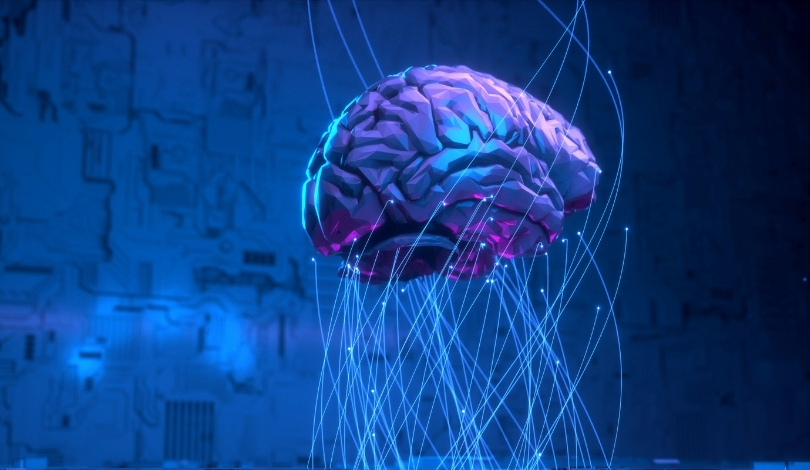IET Science, Measurement & Technology, EarlyView, published a study titled “Detection of failures in HV surge arrester using chaos pattern with deep learning neural network.” This research presents a novel approach to fault diagnosis in HV surge arresters, an essential protective component in high-voltage equipment. This method integrates chaotic systems with Convolutional Neural Networks (CNN), offering improved accuracy compared to traditional techniques.
Methodology and Results
The study conducted a Partial Discharge (PD) test on six HV surge arrester fault models to identify potential issues. Following this, the Discrete Wavelet Transform (DWT) was used to filter the PD signals. The filtered signals were then processed using the Chen-Lee chaotic system to generate a dynamic error scatter diagram, which served as a feature map for different fault states. This feature map became the input layer for training the CNN model.
The CNN model developed in this study achieved a remarkable accuracy of 97.0%. This performance surpasses traditional methods like AlexNet and those using Histograms of Oriented Gradients (HOG) combined with various classifiers, such as Support Vector Machine (SVM), Decision Tree (DT), Backpropagation Neural Network (BPNN), and K-Nearest Neighbor (KNN). The integration of LabVIEW graphic control software with the fault diagnosis system further enhances the efficiency of power equipment maintenance by enabling real-time identification of fault types through PD data.
Comparison with Previous Studies
Earlier studies on fault diagnosis methods for HV surge arresters primarily focused on classical machine learning algorithms and simpler neural network models. These methods included HOG+BPNN, HOG+SVM, HOG+DT, and HOG+KNN. While these approaches provided reasonable accuracy, they did not match the high precision offered by the CNN model combined with chaotic systems in the current study. Furthermore, the integration of dynamic error scatter diagrams as feature maps is a novel aspect that differentiates this study from prior research.
Previous research often faced constraints in processing real-time data and struggled with the complexity of accurately diagnosing multiple fault states. This new method addresses these limitations by utilizing the chaotic system’s ability to handle dynamic and complex patterns in PD signals, thereby improving diagnostic accuracy and speed. The implementation of LabVIEW software also marks an advancement, enabling more efficient power equipment maintenance.
The proposed fault diagnosis method for HV surge arresters offers several advantages, such as increased diagnostic accuracy and efficiency in real-time fault identification. By integrating chaotic systems with CNN, it effectively handles complex PD signal patterns, leading to more reliable fault detection compared to traditional methods. The application of LabVIEW software further enhances maintenance processes, providing valuable insights for power equipment management. These improvements underscore the study’s contribution to the field and its potential for practical implementation in maintaining high-voltage equipment.










